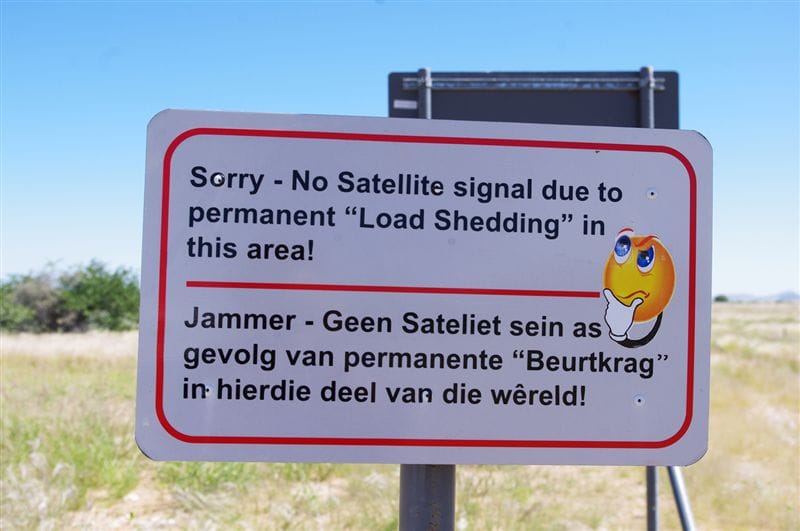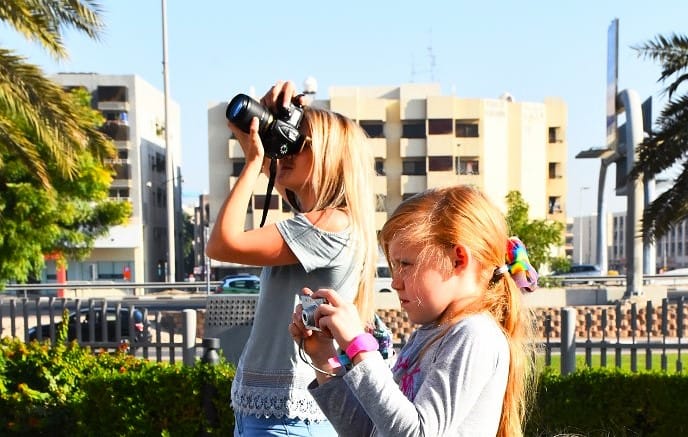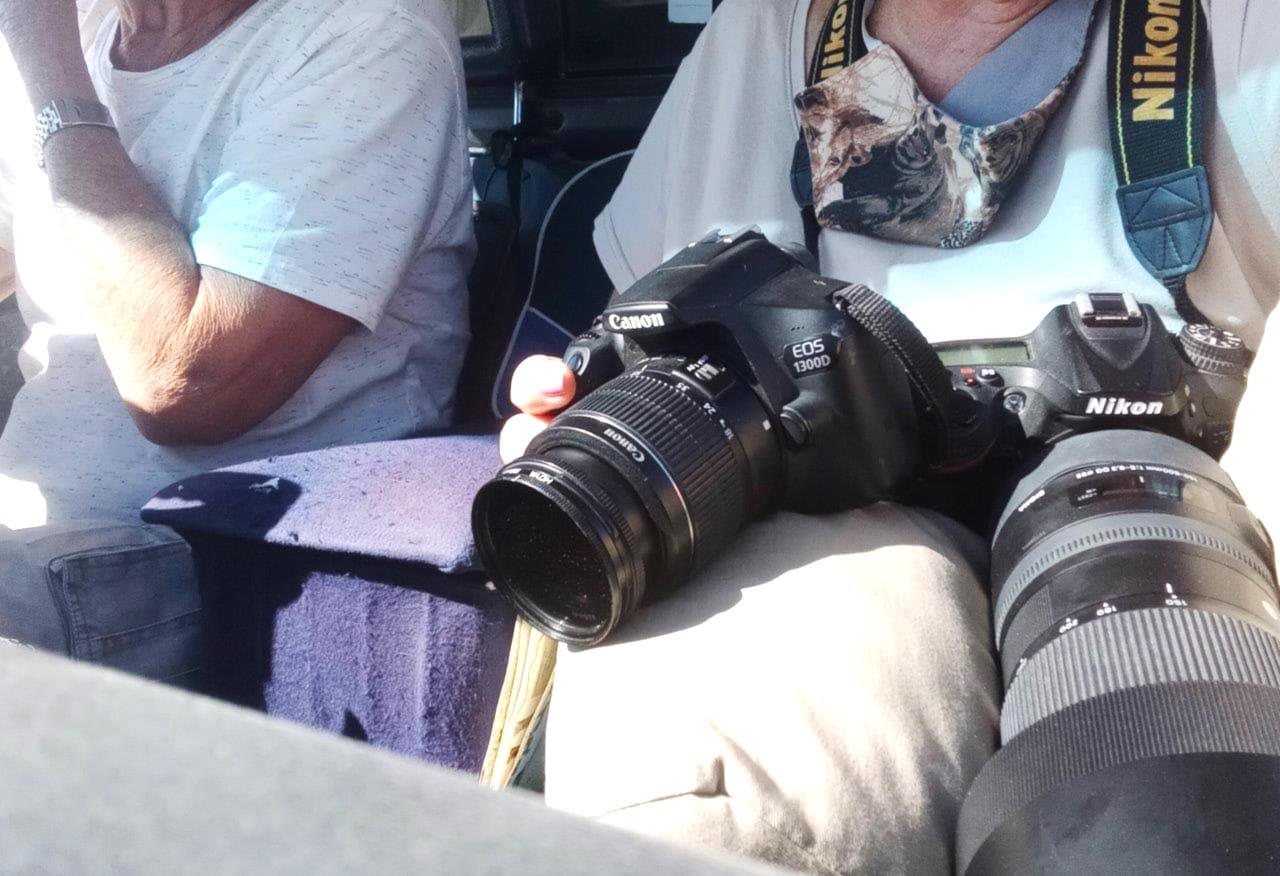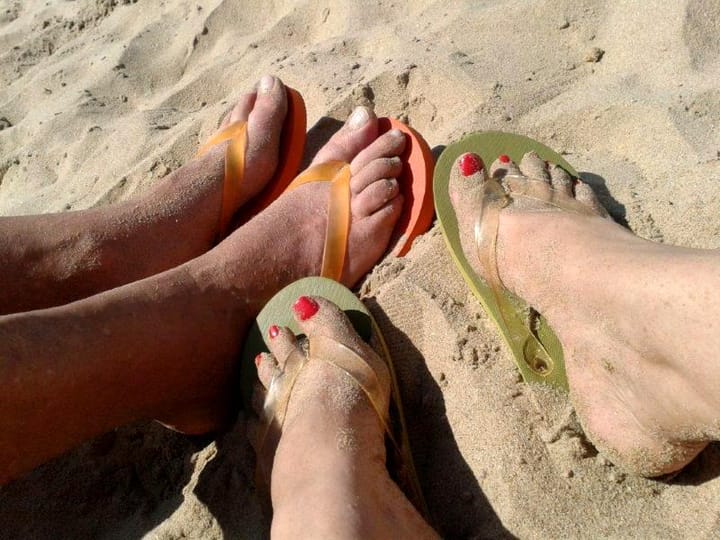How to plan smart for photography and tech on the road
Packing the right photography and tech gear transforms any trip. Smart preparation ensures every landscape and experience is captured effortlessly.

Capturing southern Africa’s landscapes and wildlife demands careful planning of photography gear and electronics. From the Okavango Delta to Victoria Falls and Kubu Island, packing efficiently allows travellers to record memories without being weighed down.

Cameras should be selected for versatility. DSLR or mirrorless cameras with zoom lenses provide flexibility for wildlife in Chobe or Etosha, while lightweight compacts are ideal for cityscapes and coastal towns. Spare batteries and memory cards are critical, as charging points may be limited along gravel roads or in remote campsites.

Protection from dust and moisture is essential. Waterproof cases, lens cloths, and camera covers prevent damage from sand in the Kalahari or spray at Epupa Falls. Carrying equipment in padded bags with organised compartments ensures quick access while reducing the risk of impact during travel over rough roads.
Power management requires attention. Universal adapters are necessary across Botswana, Namibia, and South Africa, where plug types vary. Power banks and solar chargers provide backups during long drives through areas like the Skeleton Coast or northern Botswana, keeping cameras, phones, and GPS devices operational.
Tripods and stabilisers enhance image quality. Lightweight, collapsible tripods are useful for sunsets over salt pans, while gimbals assist with smooth video capture. Drones can add perspective but require knowledge of local regulations in national parks or protected areas.

Arranging gear efficiently within a bag optimises mobility. Frequently used items should remain accessible, while heavier lenses and equipment should sit close to the back for balance. Accessories such as binoculars, filters, and remote shutters improve photographic range without overloading the traveller.
Packing smart allows focus on the landscapes rather than the kit. By preparing for southern Africa’s heat, dust, and long distances, travellers capture stunning vistas and wildlife encounters while travelling comfortably and efficiently.





Comments ()